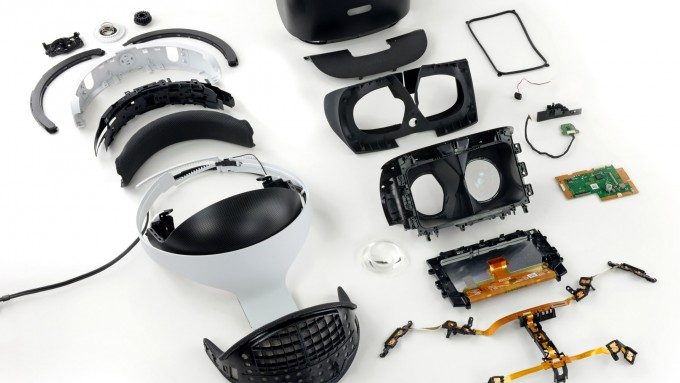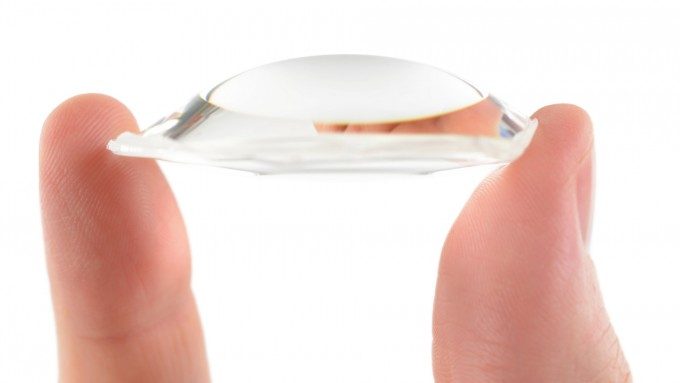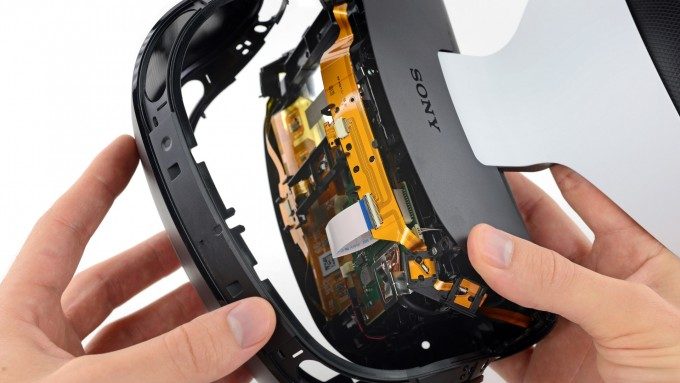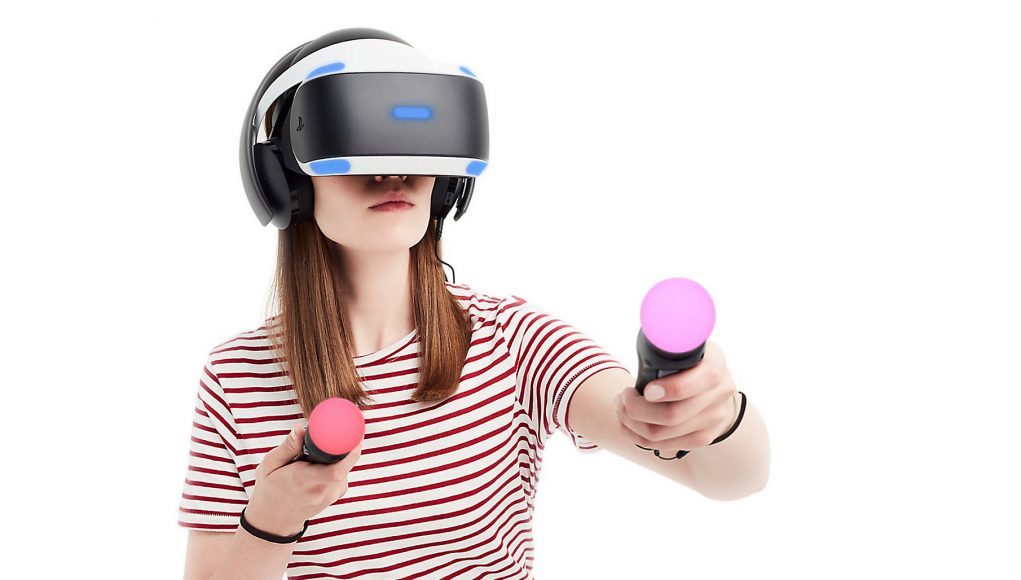Speaking this week at the Collision 2019 conference in Toronto, Sony Interactive Entertainment’s Vice President of Research and Development, Dominic Mallinson, detailed a number of “must-have ‘evolutionary’ improvements” for future VR headsets.
As reported by VentureBeat, Mallinson reiterated that Sony is still strongly behind its PlayStation VR initiative, and has plans to continue its work in VR on PS5.
“There are over 96 million PlayStation 4s in the market today. And every single one of those is capable of delivering a great VR experience. So we’d like to convert many, many more of those people to be PSVR users. And we won’t just stop with PS4.”
With 4.2 million PSVR headsets sold as of March, Sony is believed to have a strong sales lead among tethered VR headsets, but it has remained extremely tight-lipped about the future of the headset hardware itself, which is showing its age three years on and in the face of new headsets from competitors.
Mallinson steered clear of specifically talking about a “PSVR 2,” but he dove more generally into “rapid improvements in VR tech [which] will further widen its appeal.”

Specifically, Mallinson listed three “must-have ‘evolutionary’ improvements” for future VR headsets: improved resolution, wider field of view, and high dynamic range.
Of the three, high dynamic range (HDR) is the most surprising to be named a “must-have,” given that no existing mass-produced VR headset uses HDR, nor are many other headset makers even talking about it right now.
HDR is the ability of a display to produce ranges of brightness that far exceed standard displays, thereby allowing the display to more realistically portray ultra high contrast scenes, like those with bright sunlight, fire, explosions, and more.
Though HDR isn’t in any headsets today, Sony set a precedent for surprising the industry with its VR display tech—the current PSVR is the only consumer headset using an RGB OLED display, and on top of that it’s capable of a 120Hz refresh rate which still hasn’t been matched three years later (Valve’s Index headset will exceed it when it launches in June).
Mallinson says he expects HDR to be “adopted in the near future,” and the writing may already be on the wall; display maker AUO recently announced a new high-res VR display with a whopping 2,304 dimming zones for HDR.
More obvious than HDR, Mallison also said he expects resolution and field of view to increase.
Most VR headsets today have a field of view of around 100 degrees, he said, but he expects “the next set of products to be roughly 120 degrees in terms of field of view.” On the resolution front, he expects resolution to “roughly double in the next set of VR products,” though it isn’t clear from the VentureBeat report if “double” referred to total pixel count, pixels per inch, or the count of pixels along each axis of the display. PSVR’s current display has 960 × 1,080 resolution per eye, which is lagging behind more recent headsets.

From there, Mallinson moved from the ‘evolutionary’ improvements to ‘revolutionary’. The first thing he touched on were the challenges of the tether and ease of use.
“Being tethered to this cable is inconvenient. And it’s not just about getting tangled up in the cable. It’s not just about the restriction in your motion,” he said, according to VentureBeat. “It’s also about how you set things up, how you configure the system, where you store it. Let’s face it, having a mess of cables in your living space is just not attractive. So this is something that we have to solve in order to get wider adoption.”
Mallinson suggested that 60GHz wireless tech is steadily improving and could be a viable option, though he said that wireless “might well remain an option, because it will be more costly than with the cable.”

Finally, he talked about eye-tracking, saying he thinks it has the “greatest potential to change the VR user experience at a pretty fundamental level.” Here’s a list of reasons why he’s probably right.
Mallinson said that eye-tracking would be useful in a next-generation headset for things like understanding user intent, enhancing social presence, reading user biometrics, and foveated rendering—the latter being perhaps one of the most important applications of the technology with regards to improving rendering efficiencies as display resolution increases.
But for Mallinson, it’s what eye-tracking will enable in terms of input that’s most exciting.
“That’s my number one point about next-generation VR: Gaze will allow much, much richer user interaction,” he said.
Mallinson’s talk covered even more ground, including VR’s unique impact as a medium, and how content is key to making VR great; check out VentureBeat’s report for more.







